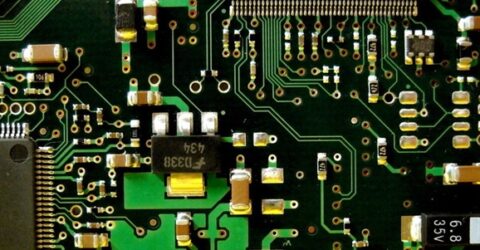What is RAM, and why do I need it?
What is RAM? It’s the foundation stone of everything you do on a computer, tablet or smartphone

Despite their sophistication and versatility, computers are entirely dependent on a string of zeroes and ones to operate.
Every console game, smartphone app, program and streaming service is channelling a vast number of binary bits of data onto its screen.
An endless stream of binary data means devices need a form of short-term memory to remember which instructions they’ve previously received.
This temporary storage is known as random access memory, or RAM, and it’s essential to the operation of any program or application.
Look at spec sheets for smartphones, tablets or computers, and the amount of RAM will be among the first technical specifications listed.
Yet few people understand this form of short-term memory or recognise its importance.
So what is RAM, how does it work, and what difference does adding more of it make?
What is RAM used for?
Computers and similar devices have two main locations where information may be stored – a hard drive or SSD card, and RAM.
The former are intended for permanent storage – game save data, cookies, files and documents – whereas RAM is used for short-term recall.
It’s named after the unstructured way in which individual utilities or programs can dump data anywhere, before recalling or deleting it as they see fit.
RAM ensures that a device has sufficient processing power to open and flick between multiple applications.
It’s the difference between spreading paperwork across a desk versus filing it away in a drawer or cupboard.
Only information which has been filed away will be accessible next time you turn on or sign in; the surface of the desk is swept clear once a device is turned off.
A shortage of RAM could manifest itself in slow device performance, apps crashing or becoming unresponsive and on-screen media/video streams struggling to run efficiently.
Devices manage the contents of their RAM by deleting information as soon as it’s no longer needed, such as when a program is closed.
RAM-ming speed
RAM is calculated in bytes – eight binary bits packaged together – which scale up into megabytes, gigabytes and terabytes.
Back in the 1980s, early home computers like the Sinclair Spectrum offered just 16 kilobytes of RAM.
More upmarket Spectrum models featured 48K, before the +2 heralded a giddy 128K.
The 16-bit computers of the 1990s (like the Commodore Amiga and Atari ST) increased kilobytes to megabytes, before Millennial computers began incorporating gigabytes of RAM.
Today, you can expect 8GB of RAM even from a mid-price smartphone, with some high-end PCs offering 128GB.
A home computer today could therefore contain 8.6 million times more memory than an equivalent home computer from forty years ago.
This quantum leap in RAM supports faster data processing, far more elaborate graphics/video playback and the ability to run multiple programs or apps simultaneously.
Do I need to worry about this?
As a consumer, you don’t need to concern yourself with different types of RAM – dynamic, static, non-volatile, and so forth.
You also don’t need to concern yourself with the semiconductor chips RAM is hosted on, or where these chips slot into a device’s motherboard.
Only technically savvy readers might consider adding more RAM into a desktop PC – sealed-unit laptops and smartphones rarely offer the ability to augment manufacturer specifications.
Few people will ever test the limits of a device’s RAM quotient – though if you’re offered a choice of quantities, more RAM generally ensures a smoother user experience.






